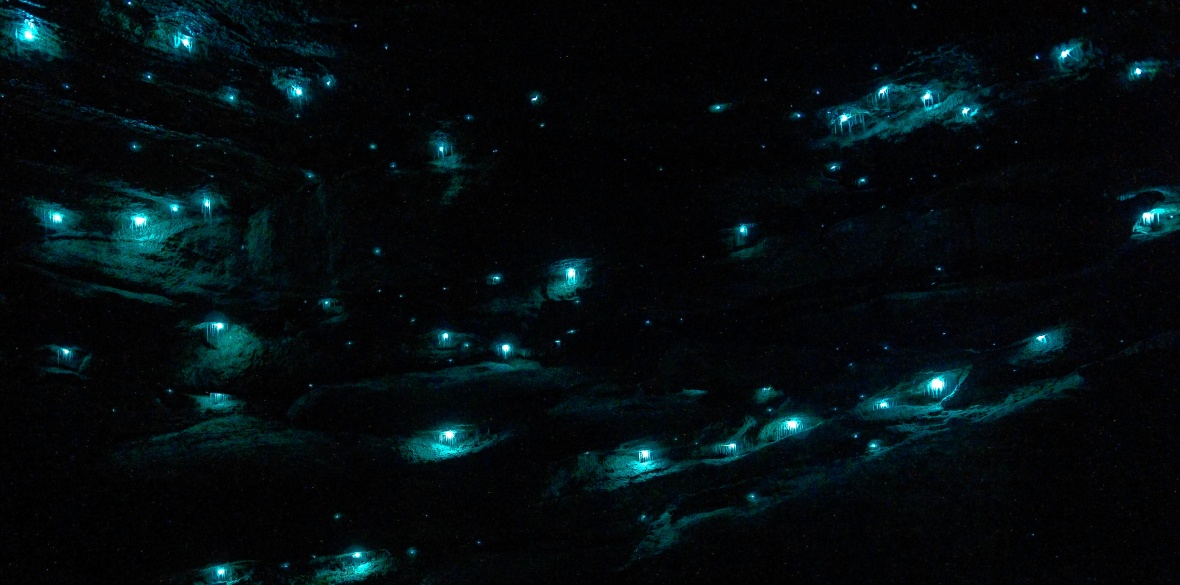This is the last article you can read this month
You can read more article this month
You can read more articles this month
Sorry your limit is up for this month
Reset on:
Please help support the Morning Star by subscribing here
A few years ago Ann and I were exploring the Everglades National Park in Florida. It was late in the afternoon, getting on for six o’clock and in this part of the world you get hardly any twilight at all. Darkness comes just as if someone has switched off the lights.
We walked back along the boardwalk towards the car park, now totally empty apart from our rented motorhome. A car drove in and parked beside us.
A youngish woman got out and said hello. When we replied, she spotted we were English. “Are you enjoying our wildlife?” she enquired. We assured her we were and then she said “Have you got 10 minutes to see something truly amazing?” What could we say? But we did realise it would be completely dark in not much more than those 10 minutes.
Somewhat mysteriously she led us back along the boardwalk out to where we knew the alligators had been sunning themselves when we had cagily edged past them not long before.
“Stop here” she said and the three of us gazed across the inky lagoon where we could just see the silhouette of a huge mangrove tree disappearing as the night’s blackout became complete.
Suddenly that tree opposite lit up with what seemed like thousands of points of bright light. All three of us were speechless for several minutes.
Then our new US friend broke the silence. “I stop off here two or three nights a week on my way home from work. It never fails to amaze me and it is particular good if I have had a hard day.”
She explained what we were seeing were what locals call fireflies or lightning bugs. It really was an amazing sight — a real miracle of nature and one that we could so easily have missed.
We have similar insects that glow in this country too, although few people have ever seen one. I think I could count the number I have seen on the fingers of one hand. Does that mean they are really rare? Well that is the mystery.
Here we call them glow-worms and even real experts don’t know if our population is declining, remaining constant or even growing.
Why the uncertainty? Because, as we light up our lives so much, it becomes harder to actually see glow-worms. Today, as star-gazers know, it is harder and harder to find really dark skies and spaces. That makes it so much more difficult to spot a tiny glow-worm not even as bright as a LED warning lamp on your latest electrical device.
As with many other insects, fertilisers, pesticides and other garden chemicals are all killers for the glow-worm. Tidy gardens and lack of wild grassy areas are also not helpful for the species.
The glow-worm we find in Britain, Lampyris noctiluca, is not a worm but a beetle. It will grow up to one inch (25mm) long. Only the wingless female glows strongly to attract the flying males to come and mate with her. It is obviously a ploy that works. It is not unusual to find many desperate males squabbling to mate with a single brightly glowing female.
Each female has an adult glowing life of just a few weeks until she mates and her eggs are fertilised. She will die soon after laying the eggs.
After a few weeks the eggs hatch into larvae and they remain as larvae for one or two further summers. They feed on small snails which they paralyse before sucking the flesh from the shell.
Wherever you find small snails, it’s worth looking for glow-worms. They prefer open grass or hedges to woodland, but rarely are they to be found on land which has been improved for agriculture. You will only be able to see them if it is really dark.
Look for them from late May to early September, with a peak in mid-July, as soon as it gets dark. They glow for a few hours at a time and usually stop glowing soon after mating. The most important thing is that there are no artificial lights nearby.
If you do see glow-worms, don’t disturb them and certainly don’t take any home, no matter how many there are on a site. You may also spot the larvae that glow much more faintly, and only intermittently, for a few seconds at a time. They too are not worm-like but have segmented bodies and six legs at the head end, quite similar to the adults.
Rough ground such as disused railway lines were once reckoned to be good spots to find them as were unkempt churchyards, but the churchyards are being tidied and churches floodlit and that is a sure notice to quit for the glow-worm.
Scruffy unlit gardens are hard to find these days, so you will be lucky to see one close to home. Street lighting, sports ground floodlights and a hundred other light sources make it harder to spot a glow-worm and less attractive for the insect to live nearby. No wonder enthusiasts are finding it hard to decide how our bright little friends are doing.
The two or maybe even three-year gap between a mating and the subsequent appearance of an adult also causes confusion. A site with a good population one year may have few or none at all the next year, but that may not mean the glow-worms are gone forever.
If you really want to see glow-worms, the best way is on an organised walk. Many local Wildlife Trusts organise them.
Currently there is a survey busy collecting data on glow-worm sites and sightings. You can find out a lot more about the survey and these hard to spot but fascinating insects on www.glowworms.org.uk











